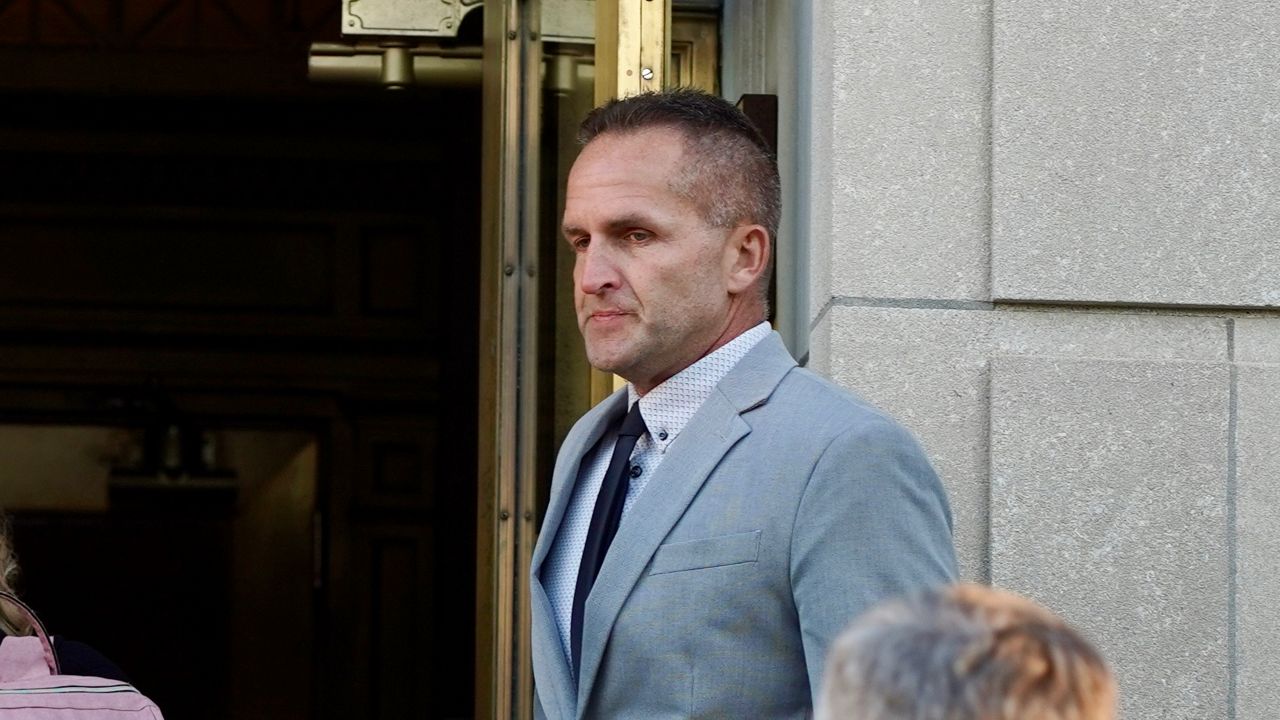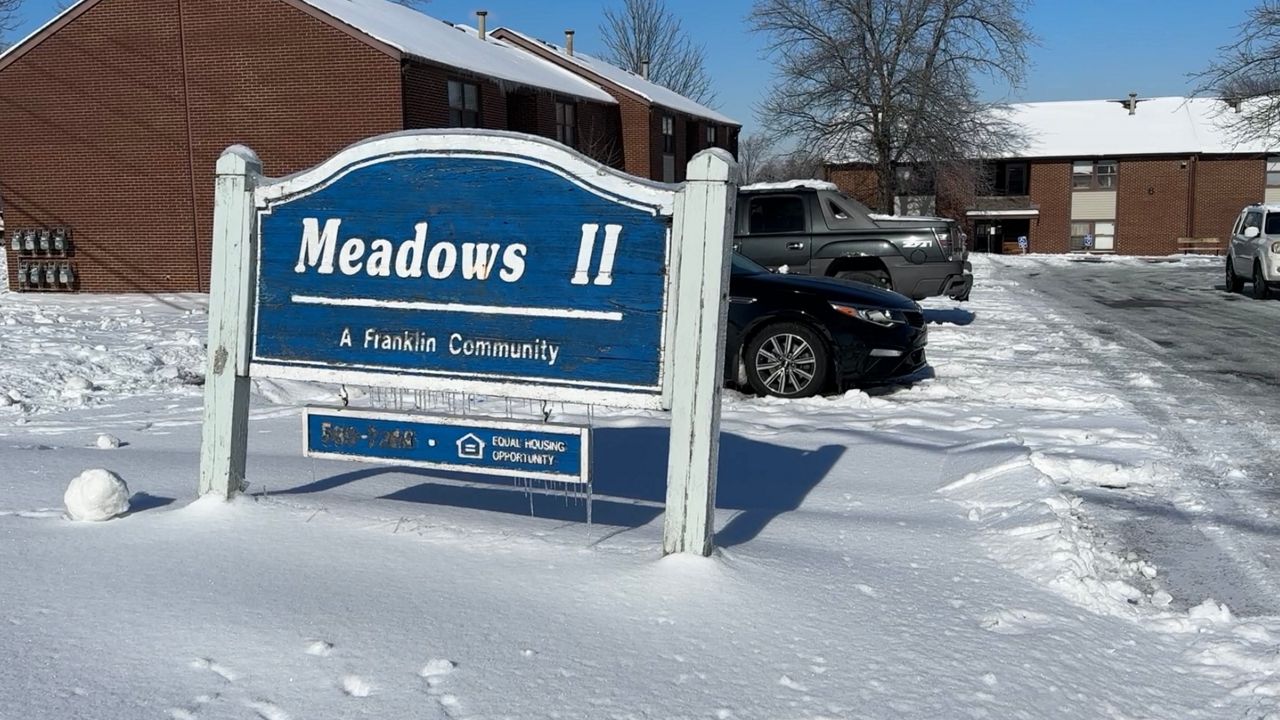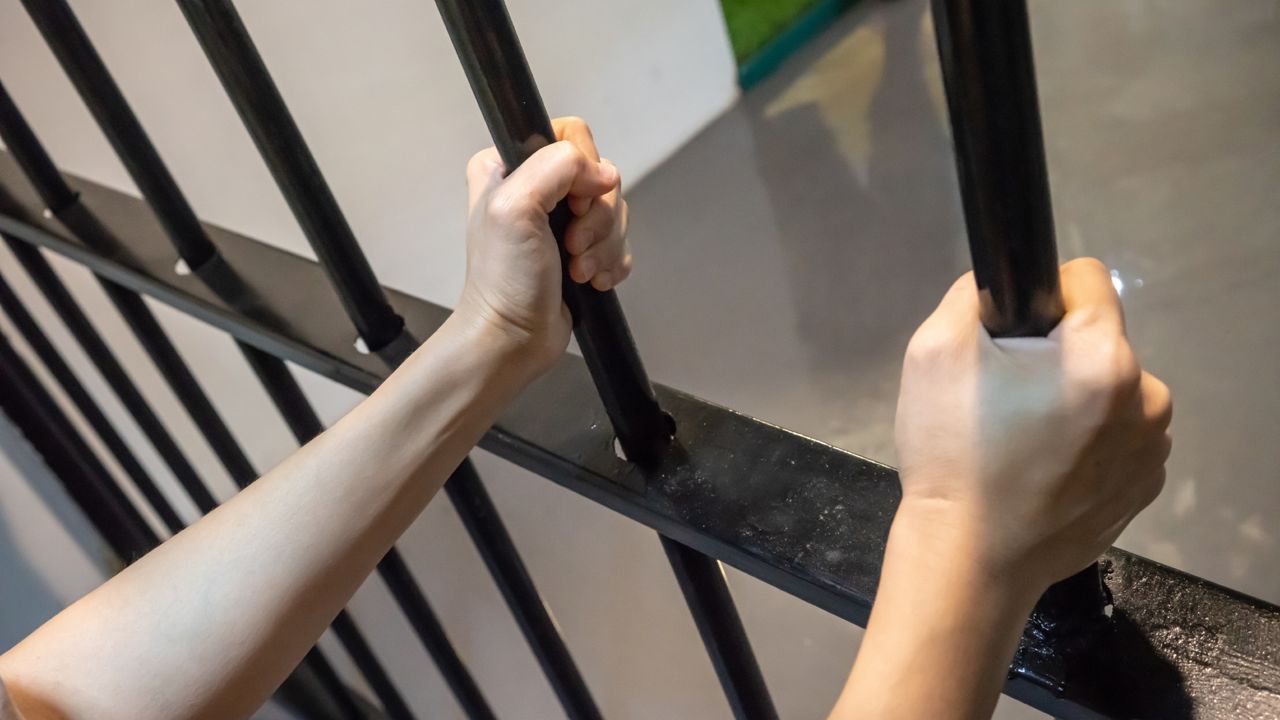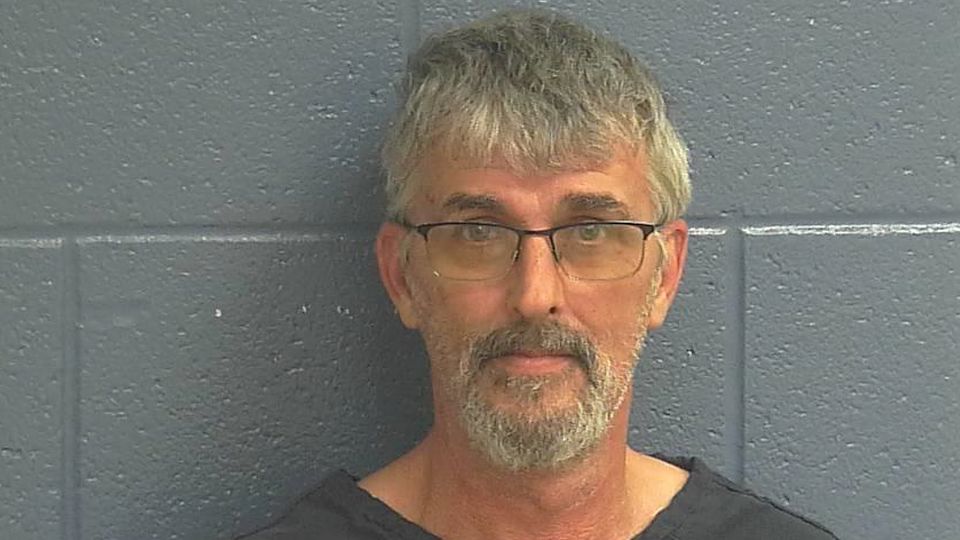LOUISVILLE, Ky. — On the second day of Brett Hankison’s retrial, federal prosecutors continued to assert the former detective fired blindly into Breonna Taylor’s apartment, violating the Louisville Metro Police Department’s use of deadly force training and policy.
The prosecution focused on statements Hankison made under oath following the shooting, where Hankison admitted he could not see a threat while firing his weapon. It began by calling its fourth witness of the trial, Sgt. Jason Vance of LMPD. Vance was an investigator with the public integrity unit at the time of the raid on Taylor’s apartment.
Vance testified about how officers are trained in using deadly force. He said an officer is allowed to use deadly force “when they are presented with an imminent deadly threat.”
“You have to evaluate moment by moment because once you fire your weapon, you are accountable for each bullet you fire,” Vance said.
Vance said, “You cannot blindly fire into structure.”When asked if officers can blindly fire a weapon at something they cannot see, Vance said, “You cannot blindly fire into structure.”
“You have to make a target identification, and that threat has to be there at the moment you discharge your weapon,” he added.
Vance interviewed Hankison following the shooting as part of his investigation. Vance testified during his questioning, Hankison confirmed he understood it was against police training to shoot into a structure without having target identification.
The prosecution reviewed more statements Hankison made under oath, where he admitted he could not see an actual person at the time he fired through Taylor’s window and patio door.
During cross-examination, lead defense attorney Jack Byrd focused on LMPD’s use of deadly force policy, which states, “Justification for the use of deadly force must be limited to what reasonably appears to be the facts known, or perceived, by an officer under the circumstances.” Byrd suggested Hankison “perceived” Kenneth Walker, Taylor’s boyfriend, was an imminent threat with the knowledge he had in the moment.
Vance reiterated to Byrd in order for an officer to use deadly force, they must have target identification. In Hankison’s own words, taken in 2020, he did not.
The jury also heard testimony from Michael Van Arsdale, FBI firearms expert and forensic examiner, who was tasked with reconstructing the incident and mapping the trajectory of each bullet fired at the scene.
Van Arsdale’s testimony focused on the trajectory of bullets fired by Hankison into Taylor’s apartment through a patio door and a secondary bedroom window. He concluded shots fired through Taylor’s patio door passed near the front door and very near where officers Myles Cosgrove and Sgt. John Mattingly were, which is in the opposite direction from where Hankison initially told investigators where he saw a threat through the front door before opening fire.
The prosecution also called Brent Routzahn to the stand, a Louisville SWAT commander at the time of the raid on Taylor’s home. Routzahn answered questions regarding the use of deadly force by an officer.
“If I want to shoot or neutralize, I have to clearly see that threat and respond,” Routzahn testified.
“That threat I perceive and see, if I want to ... destroy or kill, I have to make sure I have clear identification and clear background and foreground. I have to see what I’m shooting at.”
Routzahn has also led “active shooter” response courses, including teaching a 2013 course that Hankison attended.
“They are trained to go in and immediately neutralize the target,” Routzahn testified“They are trained to go in and immediately neutralize the target,” Routzahn testified, adding his training also included “no shoot” scenarios.
This is the second time federal prosecutors are bringing the charges against Hankison. Last year, the jury deadlocked, and a mistrial was declared.
Hankison was previously acquitted on state charges in the case. That case hinged on wanton endangerment charges. He fired 10 shots into a neighboring apartment.
Two other former LMPD officers—Joshua Jaynes and Kyle Meany—were arraigned last week for their roles in the raid. Jaynes and Meany are accused of knowingly falsifying an affidavit which led to the search warrant for the apartment. Both have entered not guilty pleas.
The Department of Justice filed the superseding indictment after a federal judge threw out several felony charges—ruling Taylor’s boyfriend firing at officers—not the tainted warrant, led to Taylor’s death.









